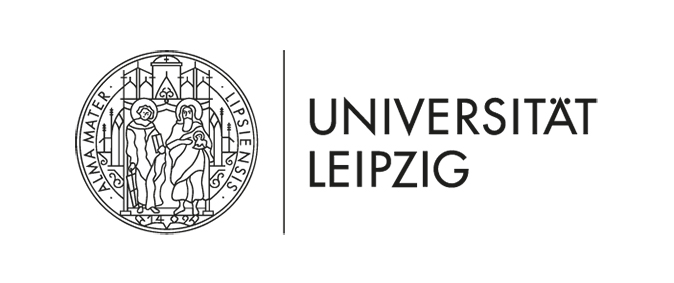|
14th Annual Symposium Physics of Cancer Leipzig, Germany Oct. 4 - 6, 2023 |
PoC - Physics of Cancer - Annual Symposium | |||||||||
|
|
Poster
Mechanical characterization of migrating cancer cells in a 3D-1D tumor like model
Contact:
One of the early stages of cancer metastasis corresponds to the migration of cells toward local tissues via lymph or blood vessels. In this work, we are interested to study in the impact of mechanical stress and the confinement on cell heterogeneity and invasiveness, on a milieu mimicking the one sensed by cancer cells located in primary tumor. Thus, a 3D-1D system has been established for exploring the migration of cancer cells from a tumor-like microenvironment into an invasive milieu.
To this purpose, MDA-MB-231 breast cancer cells were immobilized in alginate-gelatin 3D tumor-like microcapsules for 7-days with the desired elastic properties (approximately 23 kPa, measured as Young’s moduli), followed by releasing of cells onto the migration platforms, corresponding to a 1D micropatterned on glass, made of ECM proteins as guidelines. In this system, besides studying the migration of cells cultured in 3D polymer-based microcapsules, cells cultured on 2D surfaces, and as 3D spheroids were also used and compared. Our results reveal that with the mechanical stimuli offered by 3D microcapsules, cells presented a high heterogeneity, tuning their morphological characteristics (i.e. increased sizes and higher presence of nuclei). These cells exhibited a wider range of migration speed and persistence, compared to control cells (i.e cultured on 2D surfaces) or those cultured as scaffold-free 3D spheroid. While such heterogeneous phenotype of cells requires further sorting and exploration to distinguish the exact behaviors of each subpopulation, this strategy enables us to understand several processes involved in cancer malignancy, such as tumorigenicity, invasion, intravasation and generation of heterogeneous populations. |









